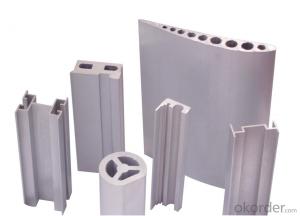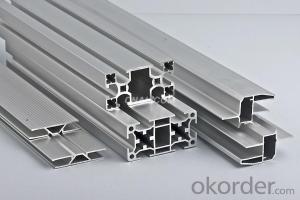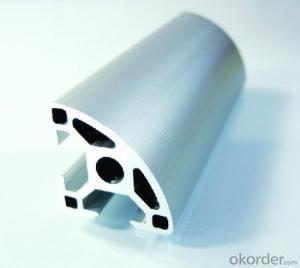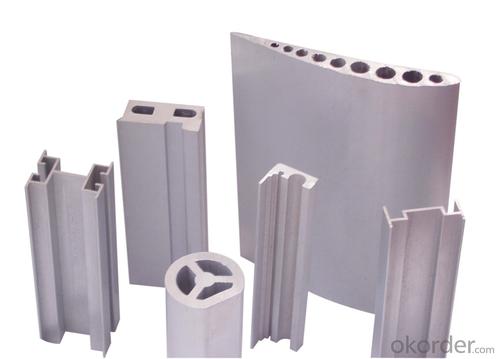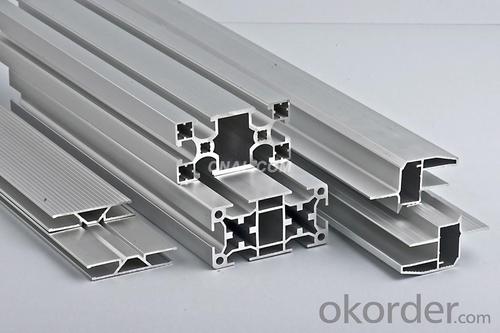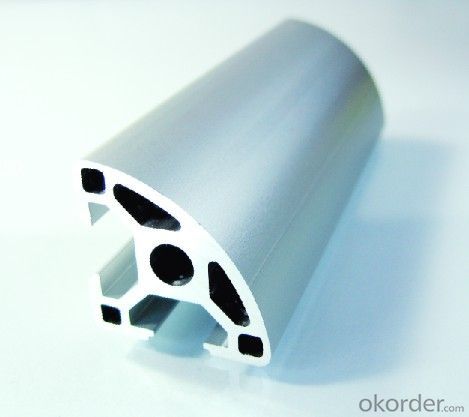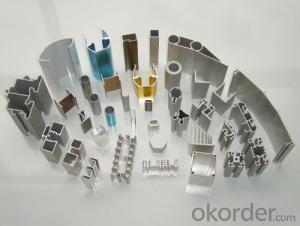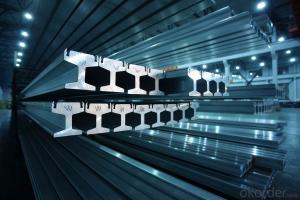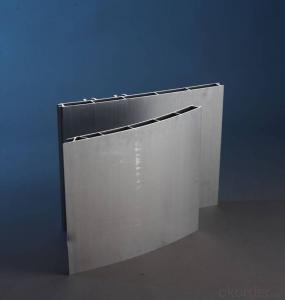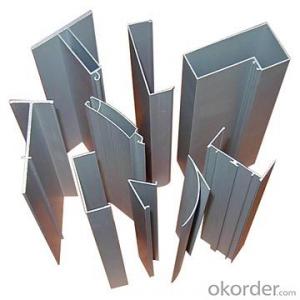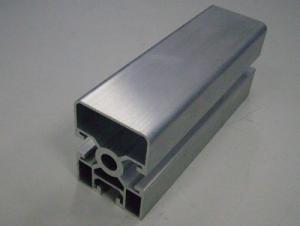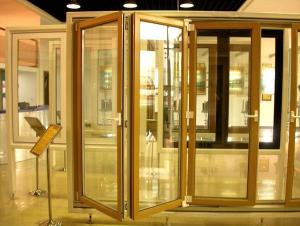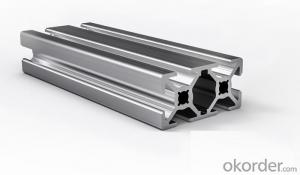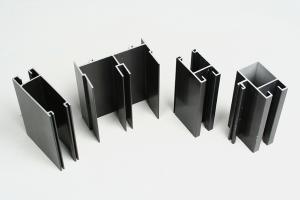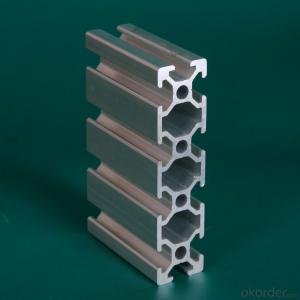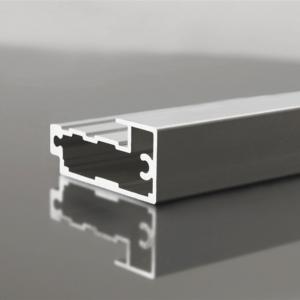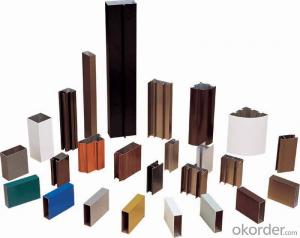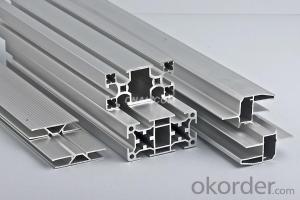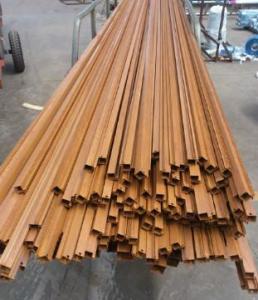Aluminum Trim Profiles for Aluminum Profile Extrusion
OKorder Service Pledge
OKorder Financial Service
You Might Also Like
Aluminium is a relatively soft, durable, lightweight, ductileand malleablemetalwith appearance ranging from silvery to dull gray, depending on the surfaceroughness. It is nonmagnetic and does not easily ignite. A fresh film ofaluminium serves as a good reflector (approximately 92%) of visible lightand an excellent reflector (as much as 98%) of medium and far infraredradiation. The yield strength of pure aluminium is 7–11 MPa,while aluminium alloys have yield strengths ranging from200 MPa to 600 MPa. Aluminium has about one-third the densityand stiffness of steel. It is easily machined,cast, drawn and extruded.
Features:
Material | Alloy 6063,6061,6005or according to customer’s choice |
Temper | T3, T4, T5, T6 |
Surface | Anodize, electrophoresis, powder coating, PVDF coating, wood grain painting, matted, etc. |
Length | Coating 6.5 meters, Anodizing 6.5 meters, Mill finish 5 meters |
Application | Industrial, electrical equipment(TV set, air conditioner, refrigerator, computer), decoration,construction, transportation |
Custom Made | We can package following with customer's request. |
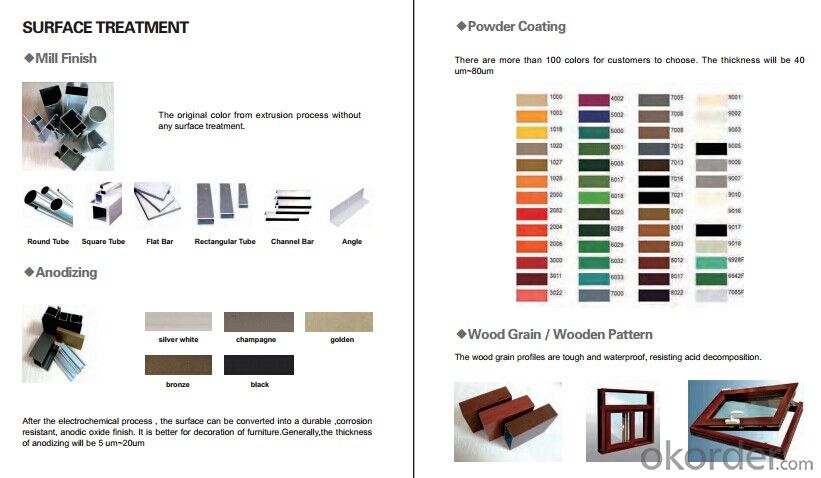
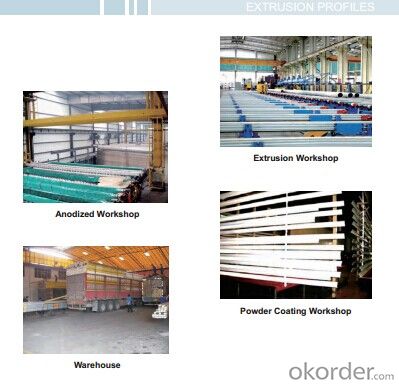
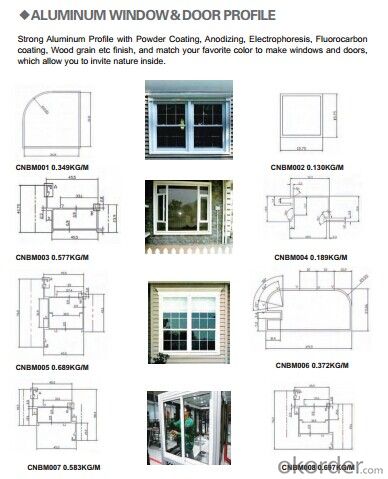
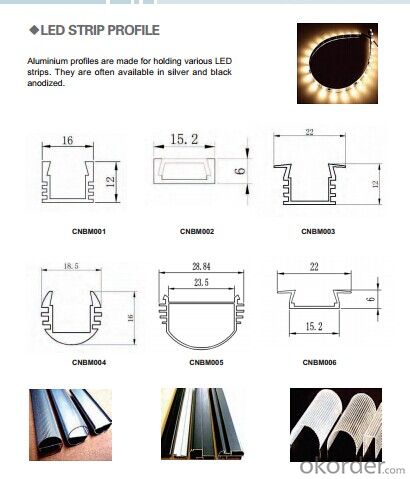
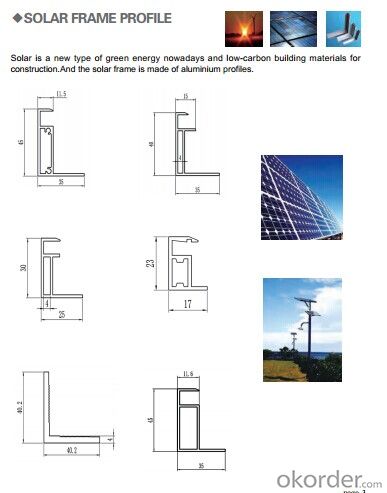
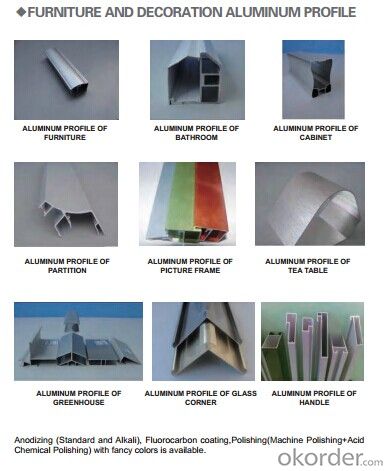
- Q: Dongguan industrial aluminum profile manufacturers which good?
- Explain as follows: preparing goods, recruit a few operator, big online promotion can be opened. Those who are often hurt are our buyers. Miss wiring mostly do not know how to use, only know the unit price. How to use to meet customer needs; how to make the most cost-effective; in different venues that kind of connection is the best; these are they can not answer accurately. Only know the cheapest and recommended profile connection the cheapest; this connection is the lowest cost, but the cost of artificial, a connection is the weakest, aluminum convenience wouldn't be reflected, and will bring much trouble for the future reconstruction. But the wiring girl will push it one way.Third: in production of aluminium supplierExplain as follows: in the production of aluminum suppliers, are generally engaged in this industry for more than 10 years, recommended: https://cowing2010.1688 /, own also users, have very rich experience, have a good understanding and knowledge of the quality and performance of products, will be recommended for the customer needs better product price selected, convenient and practical accessories.
- Q: Aluminum Alloy rail safety glass balcony design, Aluminum Alloy profiles for what is standard specifications?
- The specifications and sizes of aluminum doors and windows are mainly marked by the height dimension of the section of the profiles (used in aluminium alloy doors and windows, and the thickness of the door and window frames), and form a series of dimensions. Aluminum doors and windows profiles are 40, 45, 50, 55, 60, 65, 70, 80, 90, 100mm and other dimensional series. Among them, the size of aluminum alloy window is smaller, and the size of aluminum alloy door is larger.1, aluminum doors and windows dimensioning the same series, not necessarily aluminum windows and doors section shape and size are the same. The aluminum alloy door and window profiles of the same size series are quite complex in shape and size. Must be analyzed and treated in accordance with the drawings.2 、 the aluminum door and window profile is divided into solid section and hollow section according to the shape of the section, and the application of the hollow profile is larger.3, aluminum doors and windows profiles of wall thickness, for aluminum alloy window of not less than 1.4mm, with aluminum alloy door is not less than 2mm.4, aluminum door and window profiles of length, size, dividing ruler, double ruler and indefinite ruler three kinds. Fixed length generally not more than 6m, variable length is not less than 1m.
- Q: Can aluminum profiles be used in electrical panel manufacturing?
- Yes, aluminum profiles can be used in electrical panel manufacturing. Aluminum is a lightweight and durable material that offers excellent electrical conductivity, making it suitable for use in electrical panels. It also has good heat dissipation properties, which is important for preventing overheating in electrical systems. Aluminum profiles can be easily fabricated and customized to meet the specific requirements of electrical panel designs. Additionally, aluminum is resistant to corrosion, which ensures the longevity of the electrical panel. Overall, aluminum profiles are a popular choice in electrical panel manufacturing due to their numerous benefits.
- Q: Can aluminum profiles be used in the construction of stadium seating systems?
- Indeed, stadium seating systems can utilize aluminum profiles for their construction. Aluminum, being both lightweight and long-lasting, is frequently employed in a multitude of construction applications, including stadium seating systems. It presents numerous benefits, such as resistance to corrosion, a high strength-to-weight ratio, and ease of fabrication. By customizing and assembling aluminum profiles, seating structures that are sturdy, stable, and aesthetically pleasing can be easily created. Moreover, due to its lightweight nature, aluminum allows for simpler installation and transportation, making it a financially prudent choice for stadium seating systems. All in all, when considering their durability, versatility, and strength, aluminum profiles emerge as an appropriate selection for constructing stadium seating systems.
- Q: How do you prevent discoloration or fading of aluminum profiles?
- There are several steps that can be taken to prevent discoloration or fading of aluminum profiles: 1. It is crucial to clean aluminum profiles regularly in order to eliminate any dirt, dust, or contaminants that may cause discoloration or fading. This can be accomplished by using a mild detergent or a specialized aluminum cleaner, followed by rinsing with clean water. 2. Avoid using harsh or abrasive cleaners that can harm the surface of aluminum profiles, resulting in discoloration or fading. It is important to utilize gentle cleaning products specifically designed for aluminum. 3. Applying a protective coating to the surface of aluminum profiles can help prevent discoloration and fading. There are various types of coatings available, such as clear coats or anodizing, which create a protective barrier against environmental factors. 4. Protect aluminum profiles from prolonged exposure to harsh elements, such as direct sunlight, extreme temperatures, or chemicals. These factors can accelerate the process of discoloration or fading. If the profiles are installed outdoors, consider providing sufficient shading or protective covers to minimize exposure. 5. Regularly inspect and maintain aluminum profiles to identify any early signs of discoloration or fading. Promptly addressing any issues, such as scratches or surface damage, can prevent further deterioration. 6. If aluminum profiles are not immediately installed, it is important to store them in a dry and well-ventilated area, away from moisture or direct sunlight. Proper storage can help preserve the integrity of the profiles and prevent premature discoloration or fading. By following these preventive measures, it is possible to extend the lifespan and maintain the aesthetic appeal of aluminum profiles, reducing the risk of discoloration or fading.
- Q: Is it possible to utilize aluminum profiles for constructing exterior railings and staircases?
- <p>Yes, aluminum profiles can be used for exterior railings and staircases. They are known for their durability, resistance to corrosion, and low maintenance requirements, making them ideal for outdoor applications. Aluminum's strength and lightweight properties also contribute to its suitability for these structures. However, it's important to ensure that the aluminum is of high quality and properly treated to withstand weather conditions and ensure longevity.</p>
- Q: This question seeks to understand the various types of aluminum profiles that are specifically used in the construction of building facades.
- <p>Aluminum profiles for facades come in various types, each serving different purposes and functions. Common types include: 1. <strong>Vertical and Horizontal Mullions</strong>: These are the primary structural elements that form the framework of the facade. 2. <strong>Transoms and Muntins</strong>: Used to divide the glass into panels, providing both aesthetic appeal and structural integrity. 3. <strong>Capping Profiles</strong>: These cover the ends of the mullions, providing a finished look and protecting the edges. 4. <strong>Cover Caps</strong>: Used to conceal the fasteners and provide a clean, streamlined appearance. 5. <strong>Angle Connectors</strong>: Facilitate the connection of different profile sections at various angles. 6. <strong>Gaskets and Seals</strong>: Ensure weatherproofing and insulation. 7. <strong>Accessories</strong>: Such as handles, locks, and hinges, which are integrated into the facade system. Each type is designed to meet specific performance requirements, such as load-bearing capacity, resistance to environmental factors, and aesthetic considerations.</p>
- Q: What are the bending capabilities of aluminum profiles?
- Aluminum profiles have excellent bending capabilities due to their malleability and ductility. They can be easily formed into various shapes and angles, making them versatile for a wide range of applications. However, the specific bending capabilities may vary depending on the alloy and temper of the aluminum profile.
- Q: What do you mean by aluminum alloy T3-T8? Someone who answers me, thanks a lot
- Aluminum alloy profile T3 refers to natural aging after solid solution treatment.Aluminum alloy profile T8 refers to solution treatment, cold work, artificial aging.
- Q: This question asks for an overview of the various types of aluminum profiles that are frequently utilized in the field of commercial construction.
- <p>Commonly used aluminum profiles in commercial construction include: 1. Extruded aluminum profiles, which are versatile and can be customized for various applications. 2. Structural aluminum framing, used for building structures and curtain walls. 3. Aluminum window and door frames, known for their durability and energy efficiency. 4. Aluminum handrails and railings, important for safety in commercial buildings. 5. Aluminum trusses, used for roof structures and large spans. 6. Aluminum angles and channels, used for support and framing. 7. Aluminum tubes, used in various structural and decorative applications. These profiles are chosen for their strength, lightweight, corrosion resistance, and ease of maintenance.</p>
Send your message to us
Aluminum Trim Profiles for Aluminum Profile Extrusion
OKorder Service Pledge
OKorder Financial Service
Similar products
Hot products
Hot Searches
Related keywords
